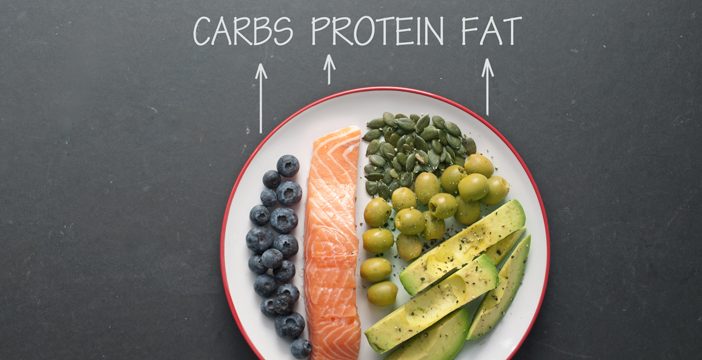
While many people managing diabetes are familiar with the Glycemic Index (GI), far fewer know about the Insulin Index. The GI ranks carbohydrate-containing foods based on how fast and by how much they raise blood glucose (sugar), but it doesn’t account for how much insulin the body must produce in response to those foods. That’s where the Insulin Index comes in. Developed by researchers at the University of Sydney, the Insulin Index measures how much insulin is released by your body two hours after consuming various foods.
Unlike the GI, which focuses solely on carbohydrates, the Insulin Index measures the insulin response to protein and fat, as well as carbohydrates. This makes the Insulin Index a potentially more comprehensive tool for understanding how food affects your body, especially for those concerned with insulin resistance and type 2 diabetes.
Why does insulin response matter?
Consistently high insulin levels can contribute to insulin resistance, where cells become less responsive to insulin’s effects. Over time, this can lead to metabolic syndrome, weight gain and type 2 diabetes. Managing post-meal insulin spikes for some people may be as important as managing glucose levels.
Emerging research has shown that diets with a high Insulin Index are associated with greater risks of health-related complications. These findings suggest that focusing only on the glucose response of carbohydrates may overlook significant insulin production from other food sources.
Can foods trigger insulin release without raising blood sugar?
According to researchers, some foods that don’t significantly raise blood sugar (e.g., meats, fish, eggs and cheese) can still cause the body to release insulin. This is because insulin is not only involved in how the body handles glucose but also plays a role in storing fat and processing protein. Eating foods that don’t spike blood glucose but still cause high insulin levels, might promote fat storage and insulin resistance even if the blood sugar level looks fine.
Do insulin responses vary between individuals?
Individual differences play a big role in insulin responses. One person may release more insulin than another in response to the same food, depending on how well their body handles food, how sensitive their body is to insulin and whether they have type 2 diabetes. Additionally, genetic factors may also influence how insulin responds to various foods, though this area is still under investigation.
Is the insulin index used in everyday practice?
The Insulin Index is not yet used in everyday practice mostly because of a limited number of foods tested for it. Also, applying insulin response information to daily meal planning is complicated. While the GI has become a practical and accessible tool, the Insulin Index is still primarily a research tool. More data and simple tools are needed before it becomes part of standard care for people with diabetes or insulin resistance.
Should you pay attention to the insulin index?
If you’re living with diabetes or concerned about insulin resistance, the Insulin Index could offer a more complete picture of how your body responds to food. While it’s not yet practical for day-to-day use, it does highlight the importance of looking beyond just carbohydrates. In time, it may become a valuable tool for personalized dietary guidance, but for now, combining GI, carb quality, and overall healthy dietary patterns remains the most practical approach.



